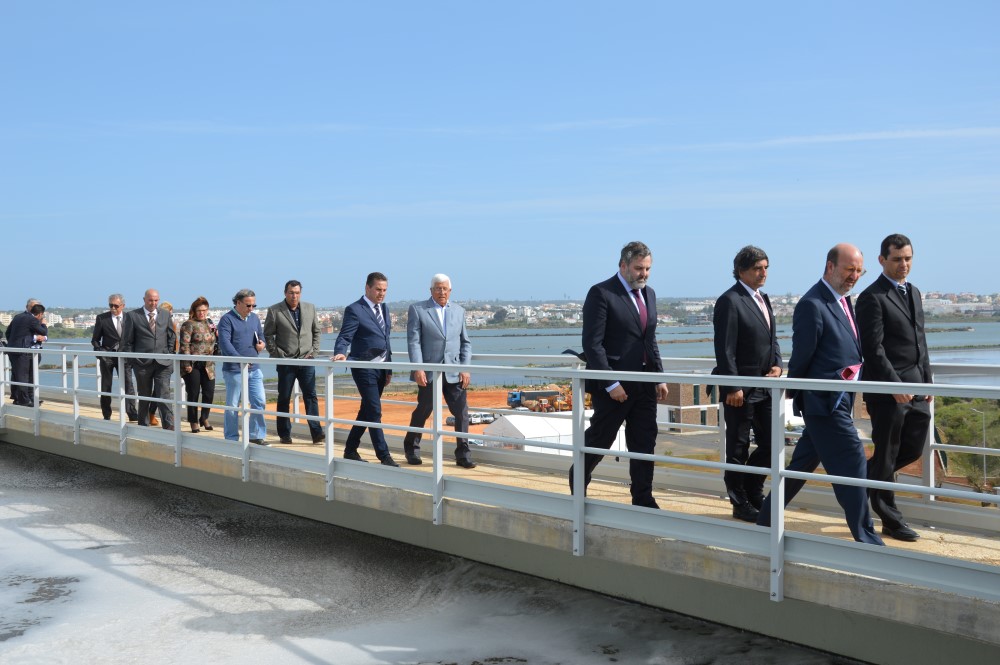 A Companheira's new WWTP in Portimão, inaugurated today, will be innovative in environmental terms: the sludge, which is a by-product of the treatment of effluents, will be dried by the sun and may perhaps be used in industry due to its calorific value.
A Companheira's new WWTP in Portimão, inaugurated today, will be innovative in environmental terms: the sludge, which is a by-product of the treatment of effluents, will be dried by the sun and may perhaps be used in industry due to its calorific value.
In addition, a photovoltaic park will be created for its own consumption, as well as the reuse of water from treated effluents, for irrigation, washing and for the production of energy.
This "true circular economy", as João Nuno Mendes, president of the Águas de Portugal Group called it, was announced this Tuesday, during the inauguration of the new structure, by the administrator of the company Águas do Algarve (AdA), responsible for construction and WWTP management.
Joaquim Peres revealed that AdA has been studying, with the Portuguese Environment Agency, the implementation of «solar drying of these sludges», a process that «will reduce its water volume from 85% to 15%». This, he added, will make it possible to "pay for the construction of the drying oven."
One of the “challenges” is to define what to do with this dry sludge. «We are carrying out studies with universities, namely the University of Coimbra, to study the calorific power of this by-product». Then, if the research yields good results, the “next challenge” will be “to interest some industries” to come to use dry sludge as an energy source.
«Another challenge» of the Companheira's new WWTP is, according to Joaquim Peres, that of energy. Therefore, in an area formerly occupied by one of the lagoons of the old WWTP, a photovoltaic park will be installed, “for own consumption and use” in the infrastructure.
Who knows, for his part, the president of the Águas de Portugal Group pointed out, if the new vehicles of the Águas do Algarve's electric fleet will not be “supplied with energy produced here”.
Joaquim Peres also spoke of another environmental challenge, that of reusing treated effluent water. Currently, he stressed, they are "a good at our disposal, which we are rejecting", to waste. But these waters can be reused “for irrigation, for washing and even to produce energy”. Hence, another of the projects that will now be implemented at Companheira's WWTP is the installation of «turbines in the discharge pipes» of treated effluents, for the production of energy.
But the bet of the new structure on the environment does not stop there. In the lagoons of the former WWTP, now deactivated, the Municipality of Portimão, which provided the land for the implementation of the entire structure, wants to create an environmental park.
This was said by Isilda Gomes, president of the municipality, at the inauguration ceremony. Turning to the administrator of Águas do Algarve, the mayor announced: «within 15 days, we will start working» on the Environmental Park project.
While all this does not progress, the truth is that the new WWTP is already beginning to have beneficial effects on the environment: when it is fully operational, it will improve the air quality, by eliminating, as expected, the bad smell coming from the old station. of treatment. But it will also improve the water quality in Ribeira de Boina and the environmental conditions of the Arade river estuary.
All benefits that, in addition to reflecting on the quality of life, will also have them in the main activity of the Algarve, tourism, as highlighted by Isilda Gomes.
Photos: Elisabete Rodrigues | Sul Informação
Click here to see aerial images of Companheira's new WWTP in Portimão.
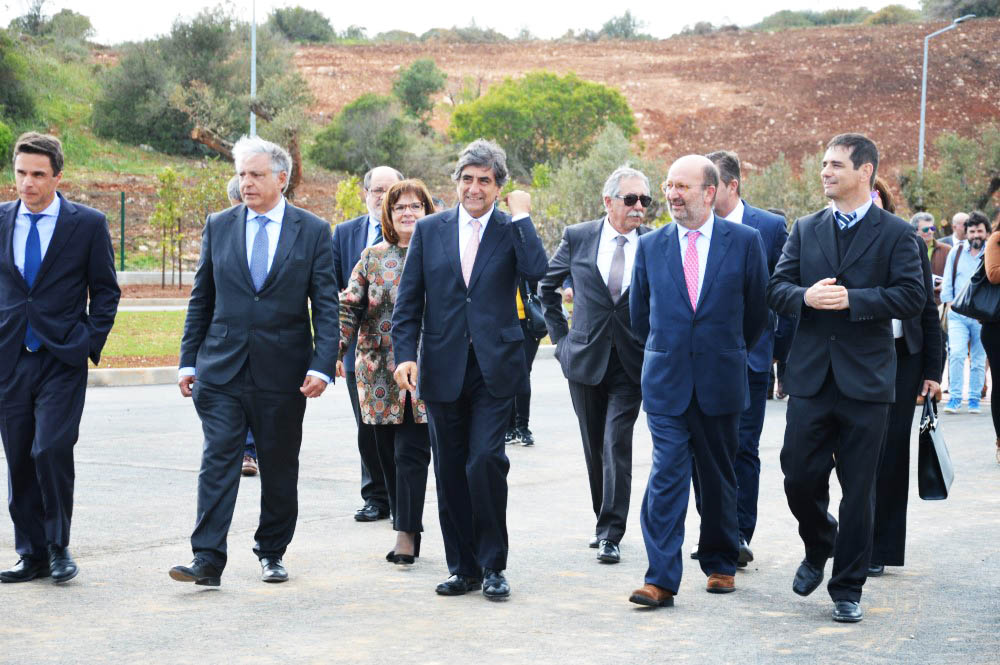
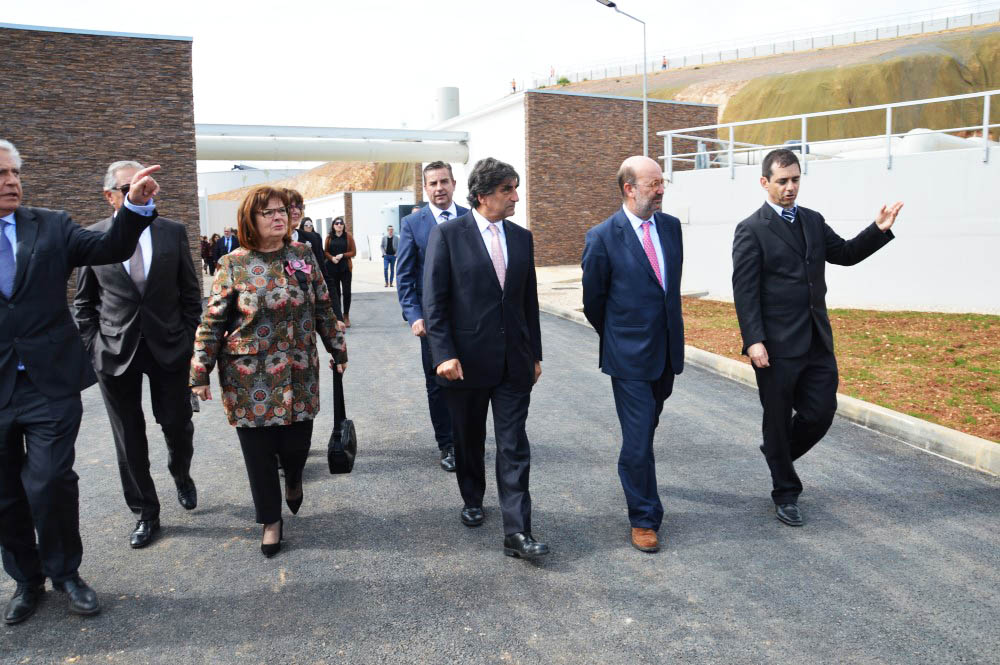

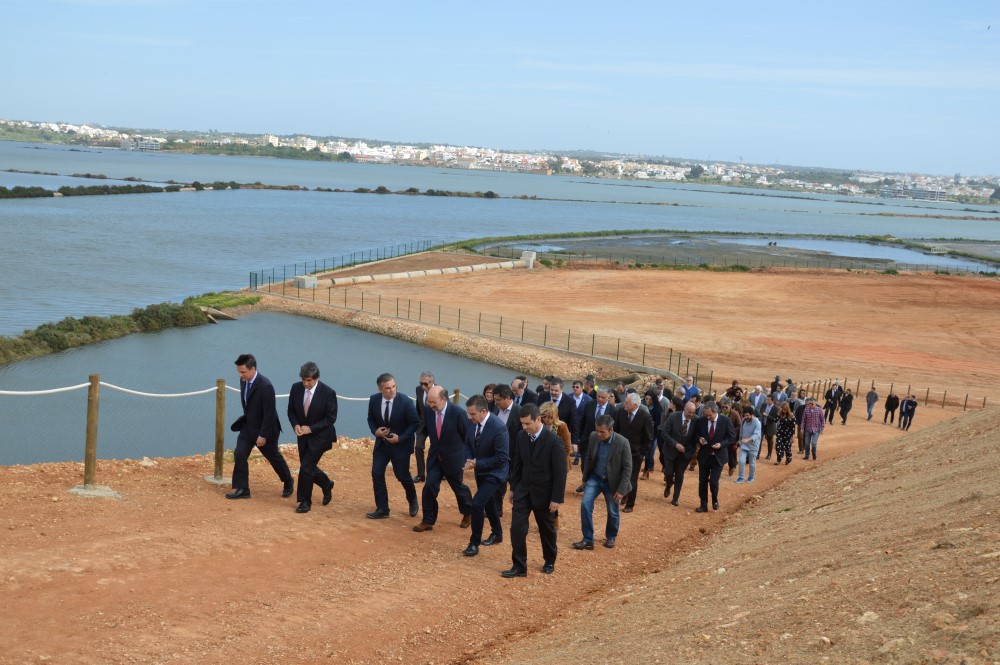
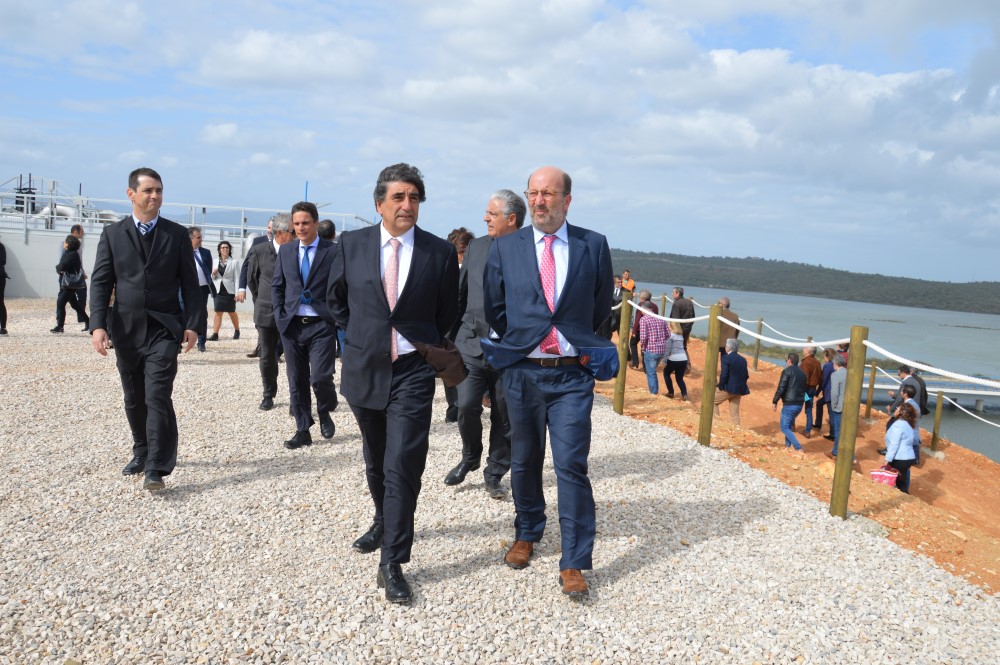
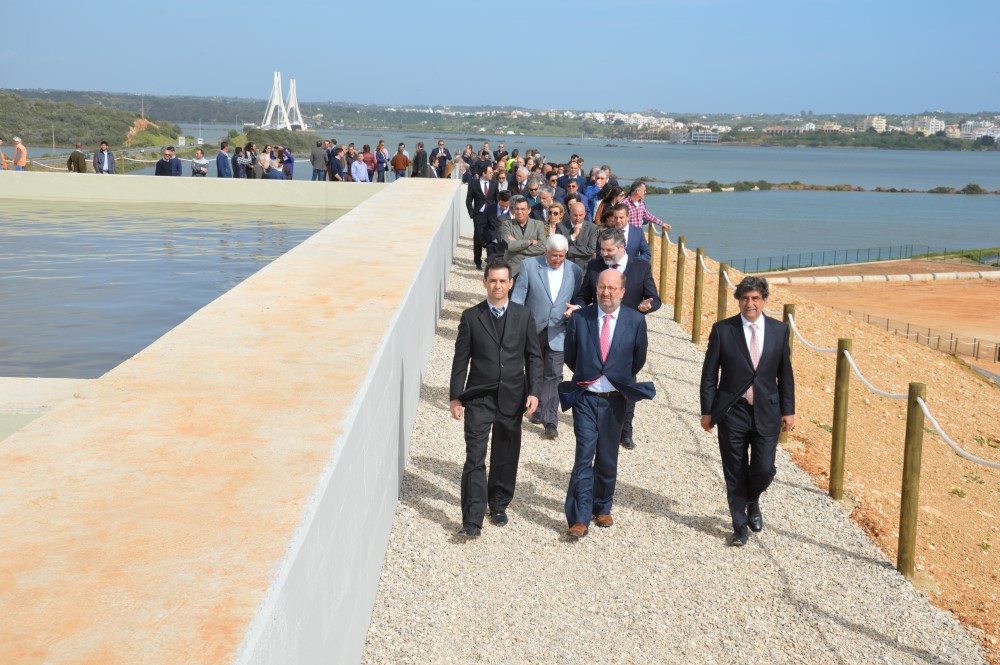
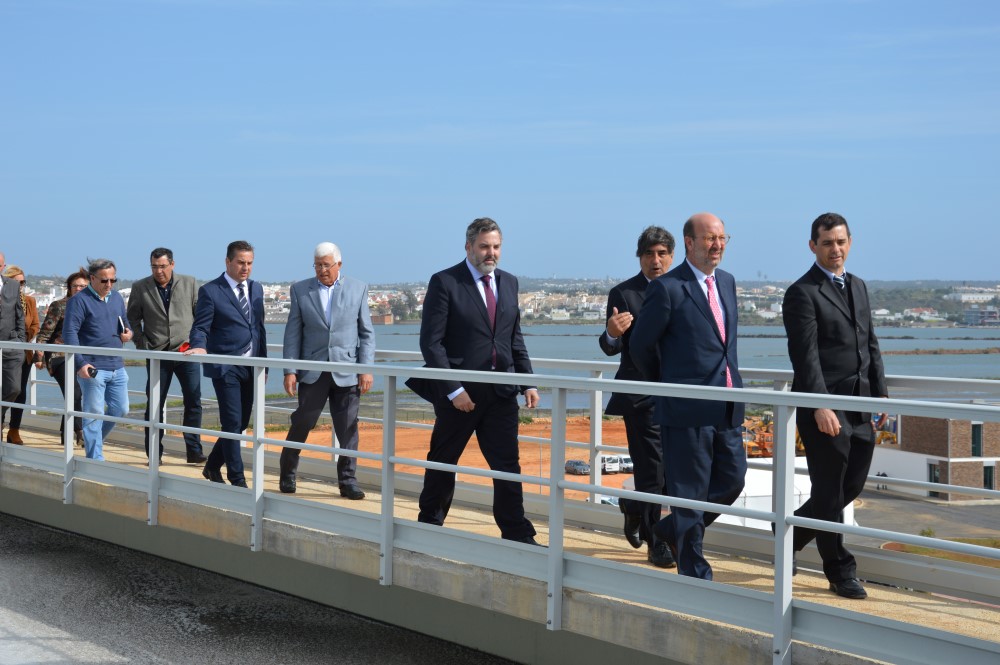
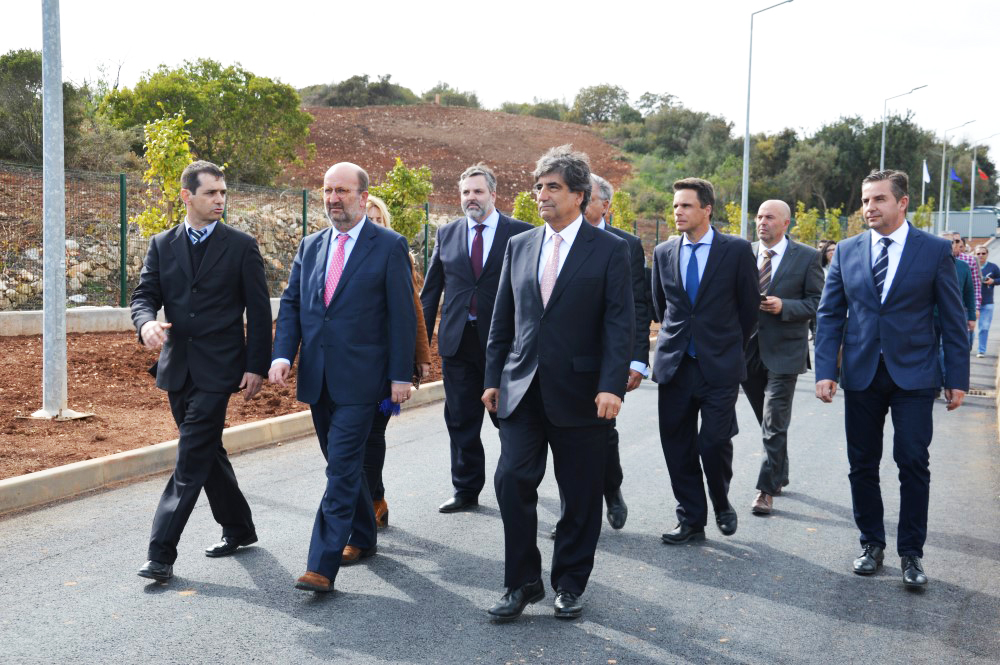
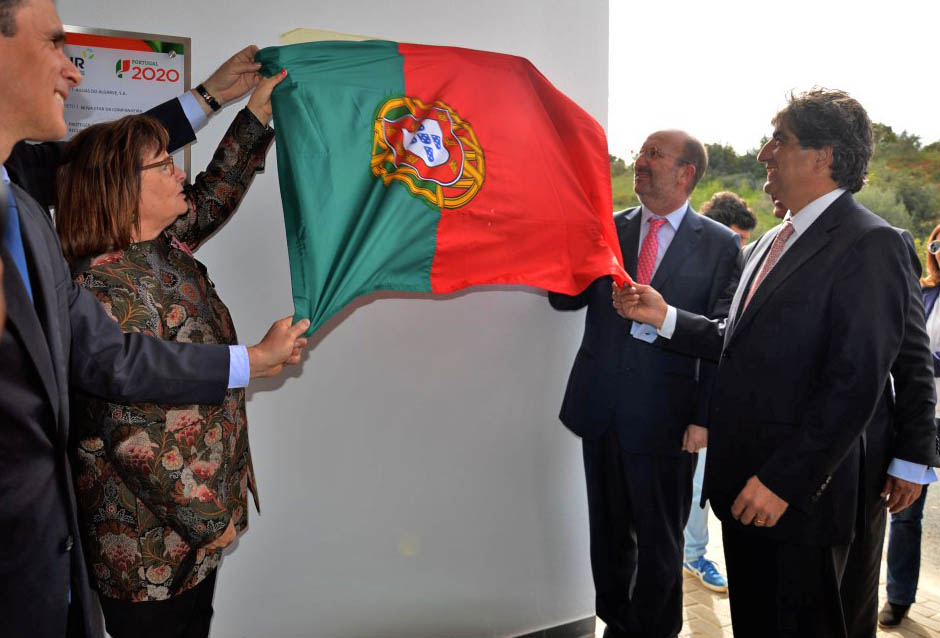
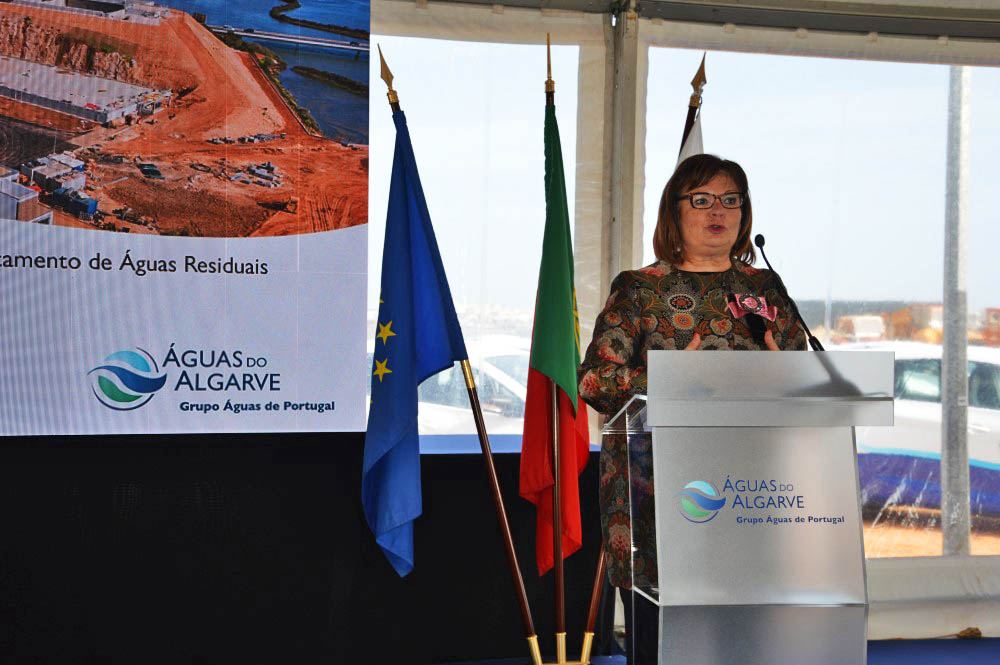
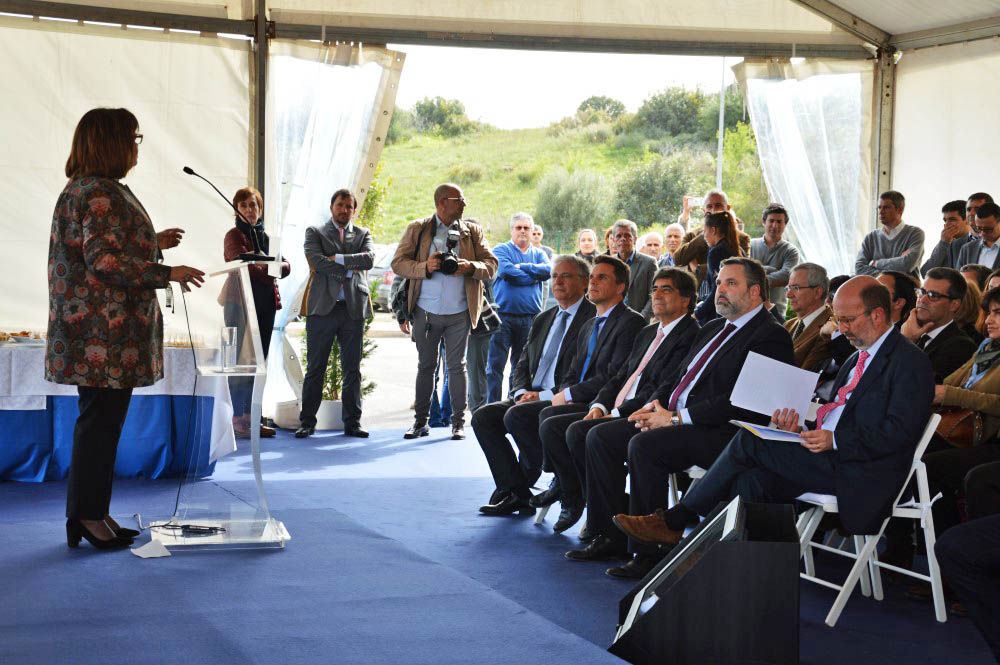
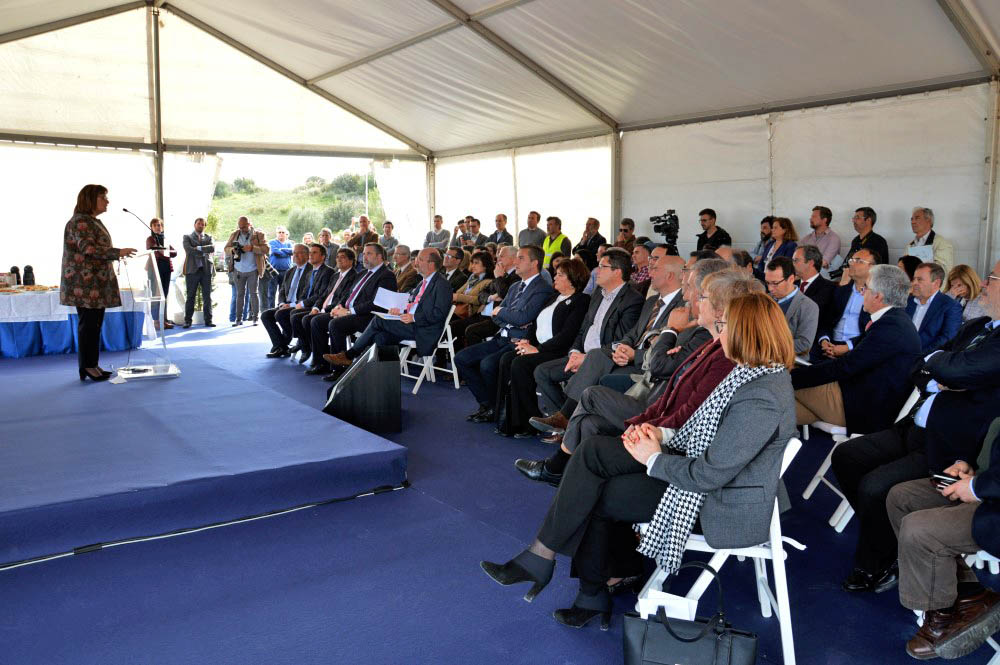
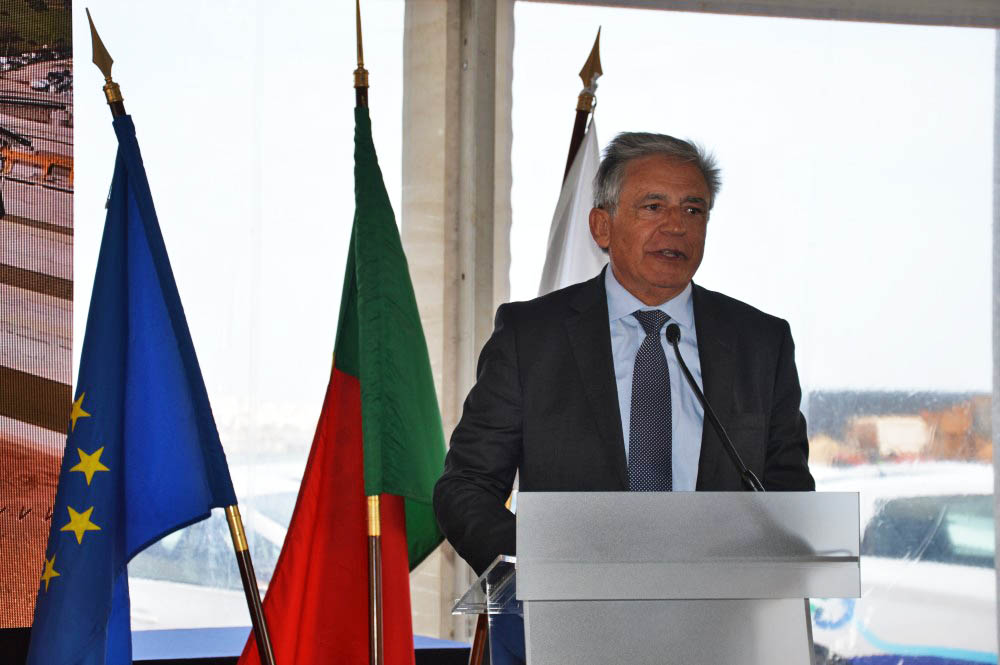
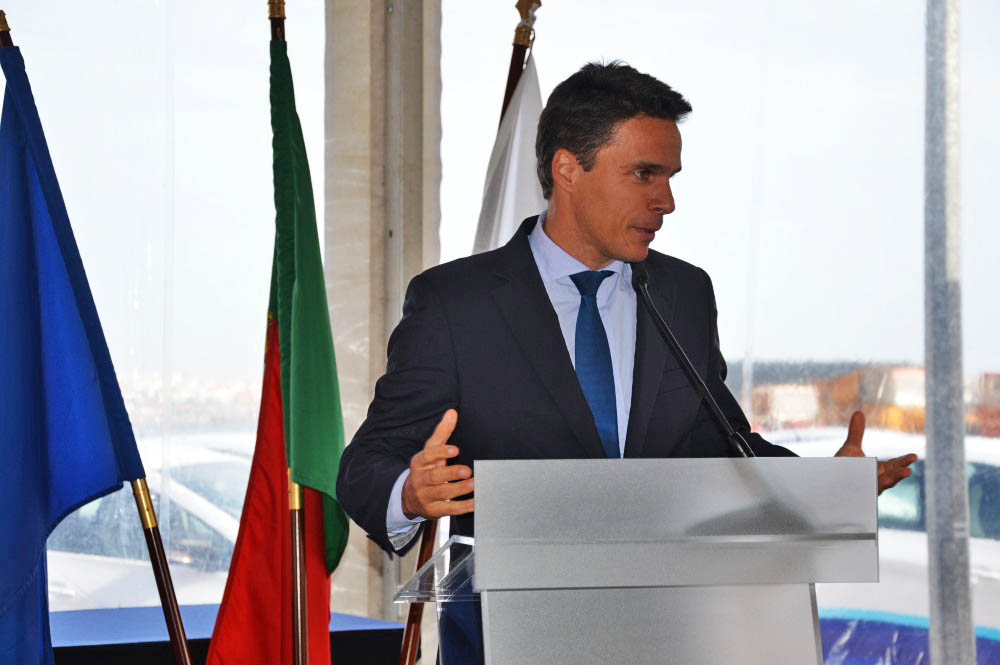
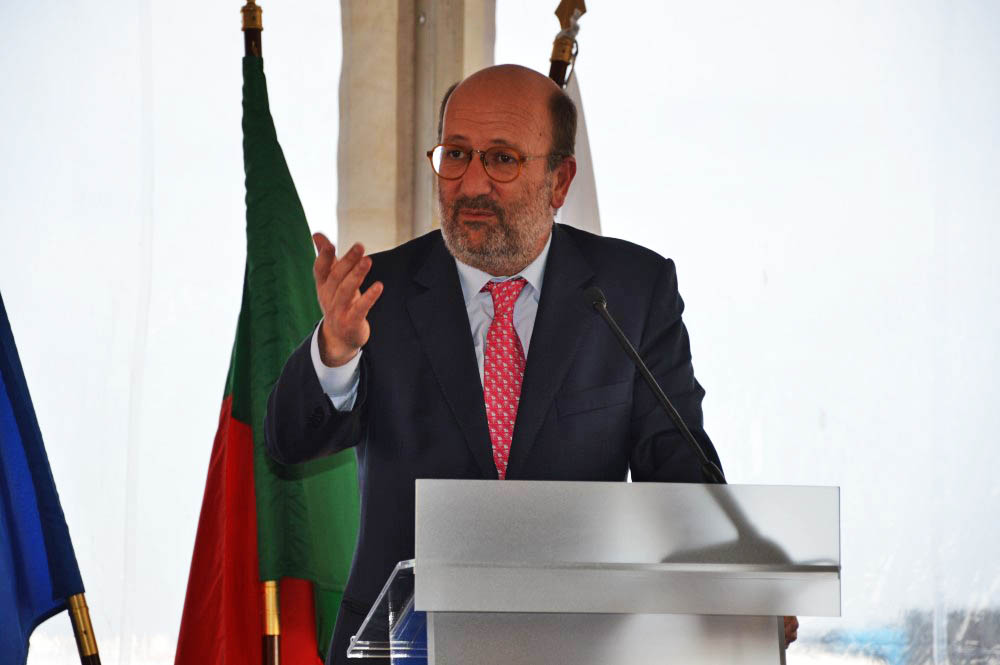
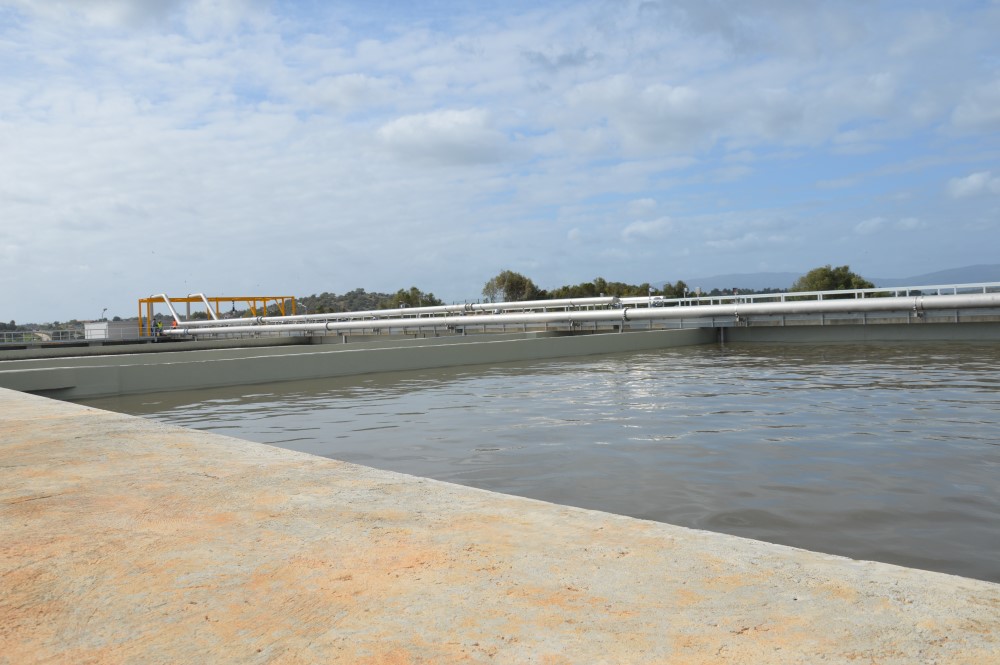
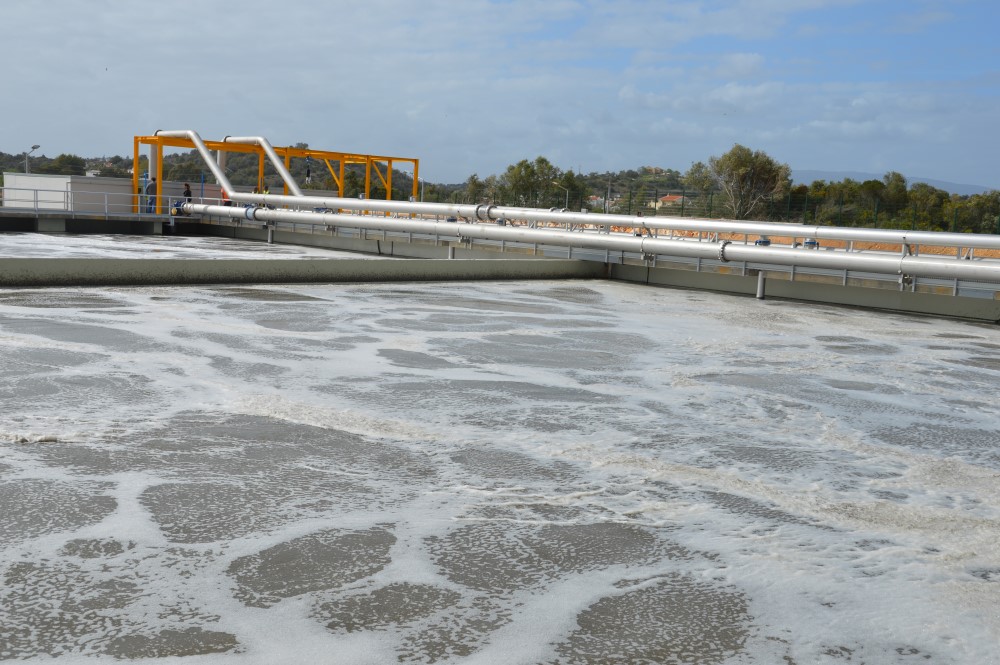
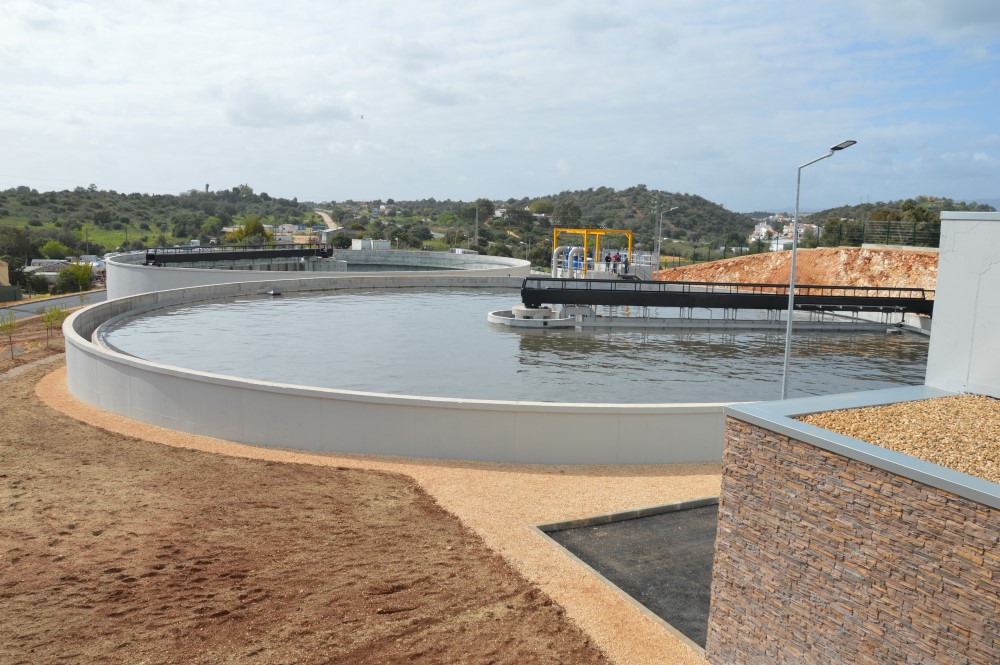
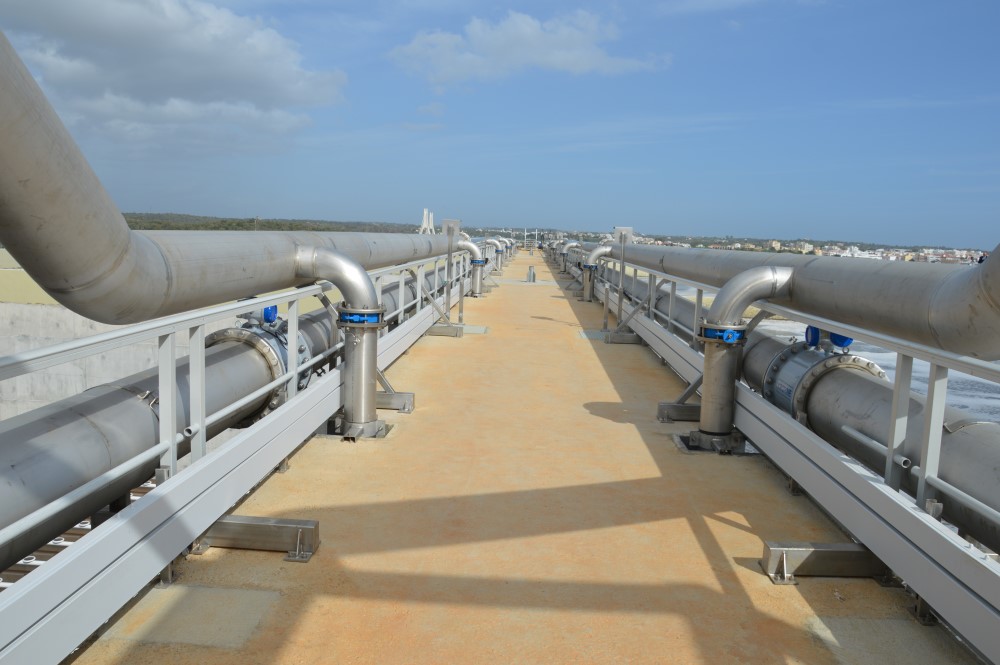
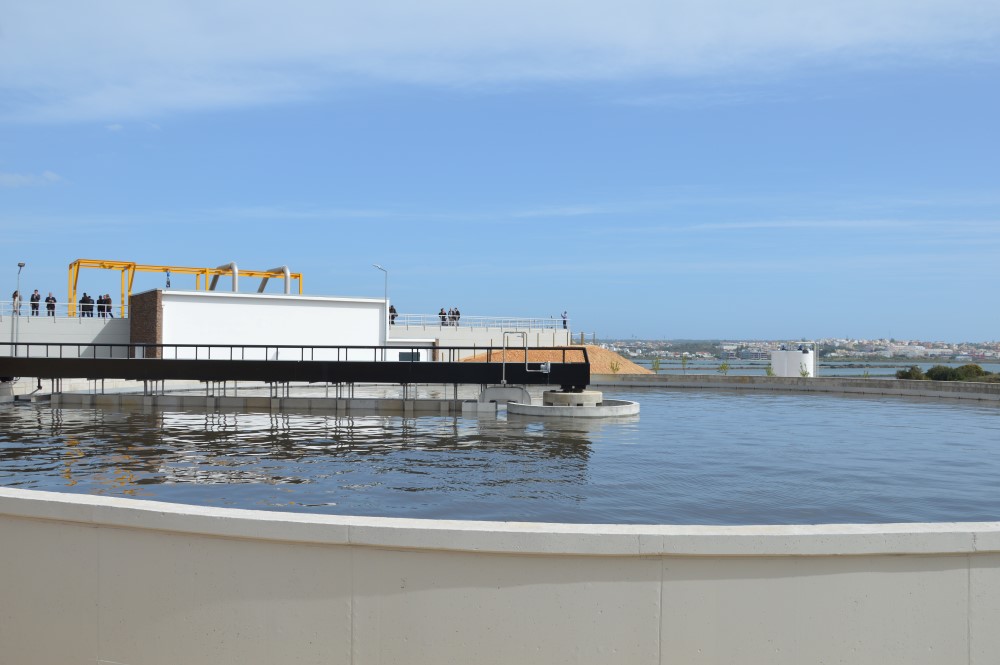
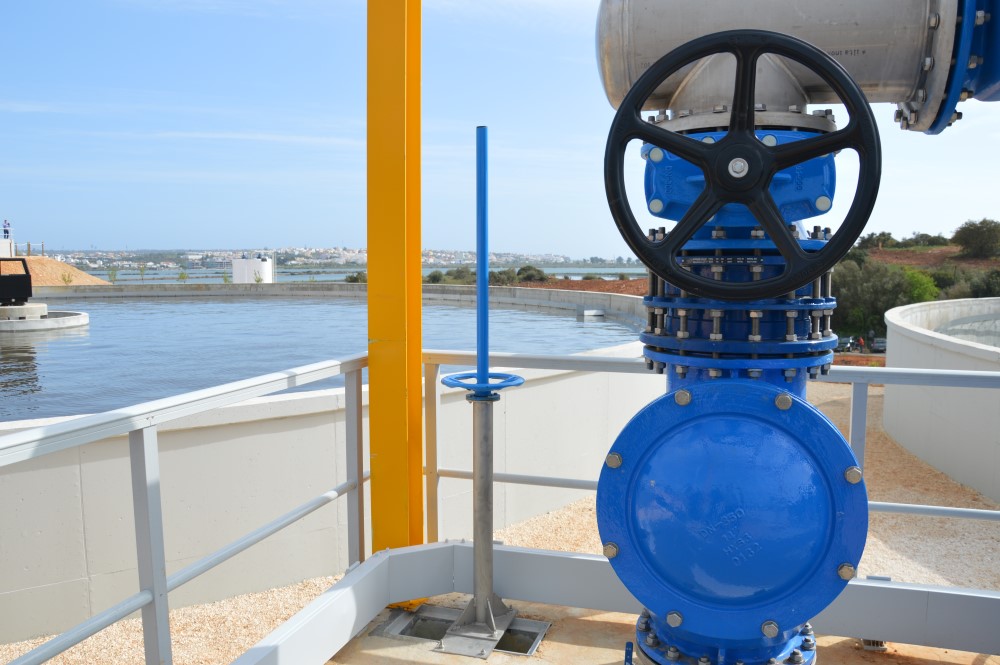
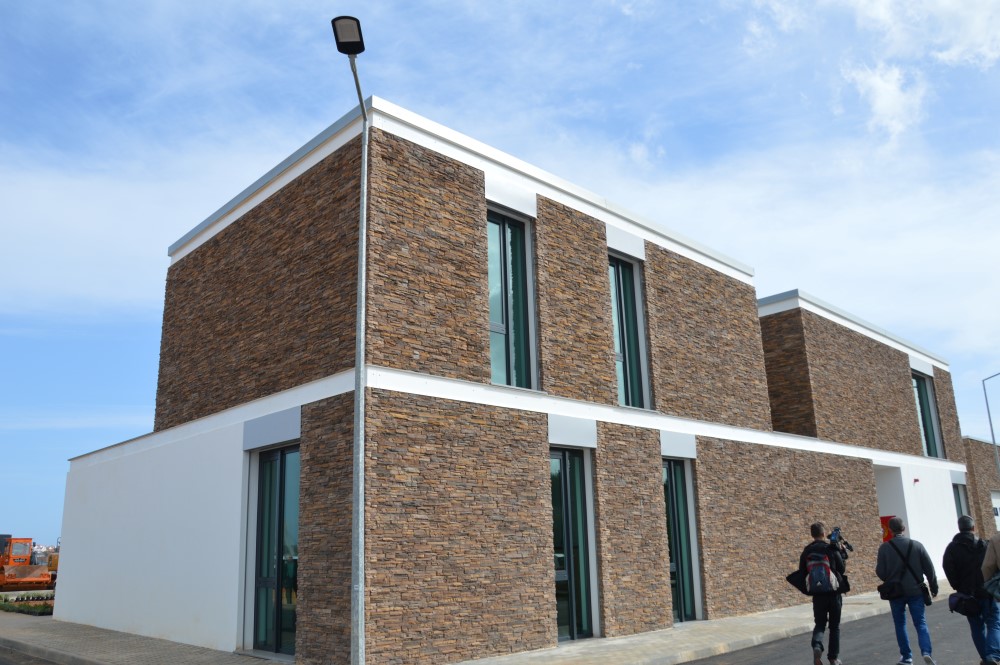
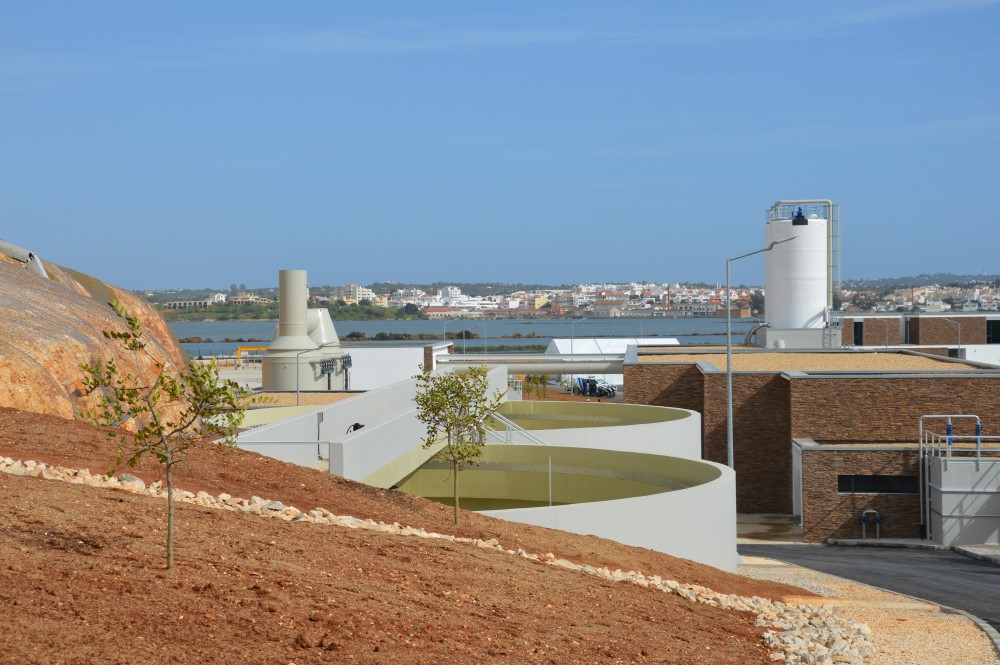
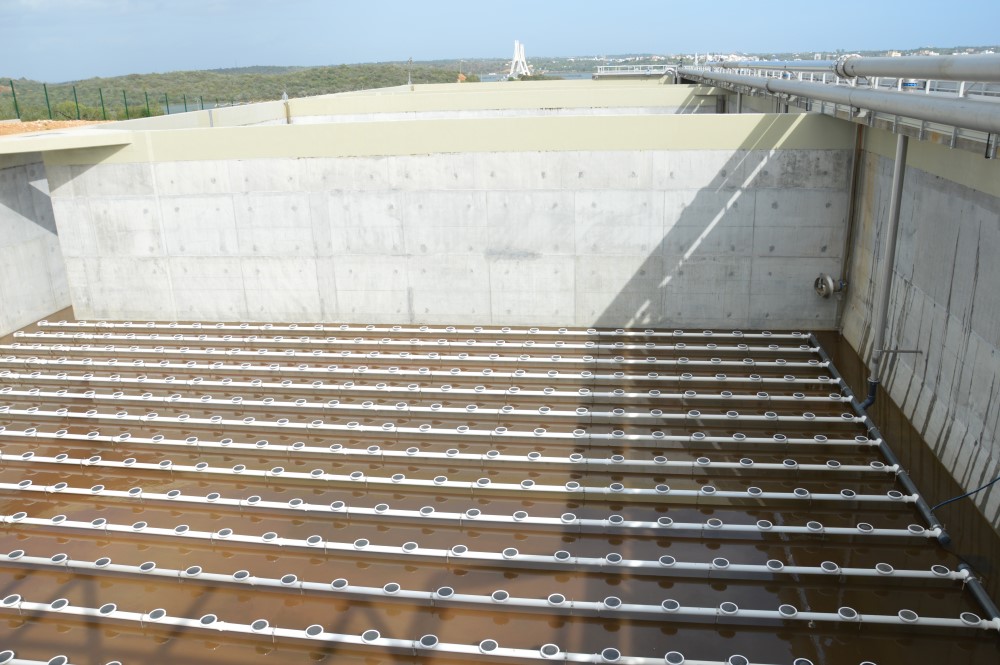

















Comments